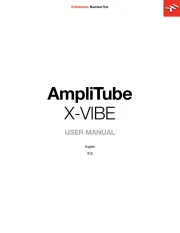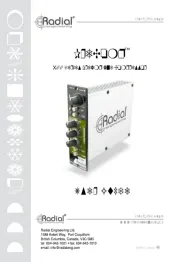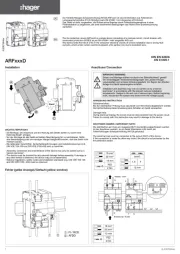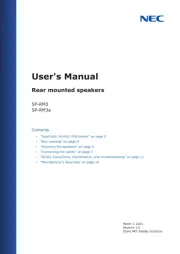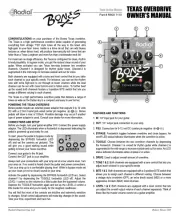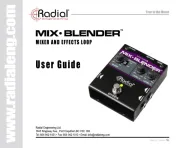Electro Harmonix Stereo Polyphase Bedienungsanleitung
Lies die bedienungsanleitung für Electro Harmonix Stereo Polyphase (4 Seiten) kostenlos online; sie gehört zur Kategorie Nicht kategorisiert. Dieses Handbuch wurde von 21 Personen als hilfreich bewertet und erhielt im Schnitt 4.5 Sterne aus 11 Bewertungen. Hast du eine Frage zu Electro Harmonix Stereo Polyphase oder möchtest du andere Nutzer dieses Produkts befragen? Stelle eine Frage



Produktspezifikationen
| Marke: | Electro Harmonix |
| Kategorie: | Nicht kategorisiert |
| Modell: | Stereo Polyphase |
Brauchst du Hilfe?
Wenn Sie Hilfe mit Electro Harmonix Stereo Polyphase benötigen, stellen Sie unten eine Frage und andere Benutzer werden Ihnen antworten
Bedienungsanleitung Nicht kategorisiert Electro Harmonix







Electro Harmonix Germanium 4 Big Muff Pi Bedienungsanleitung
3 September 2024

Electro Harmonix Deluxe Memory Man 550-TT Bedienungsanleitung
3 September 2024
Bedienungsanleitung Nicht kategorisiert
- Mophie
- Foster
- Technical Pro
- HELGI
- Mammut
- Argus
- Zenec
- Vax
- Victrola
- IPEGA
- Source Audio
- Moog
- Aspen
- Rockford Fosgate
- Dacor
Neueste Bedienungsanleitung für -Kategorien-
